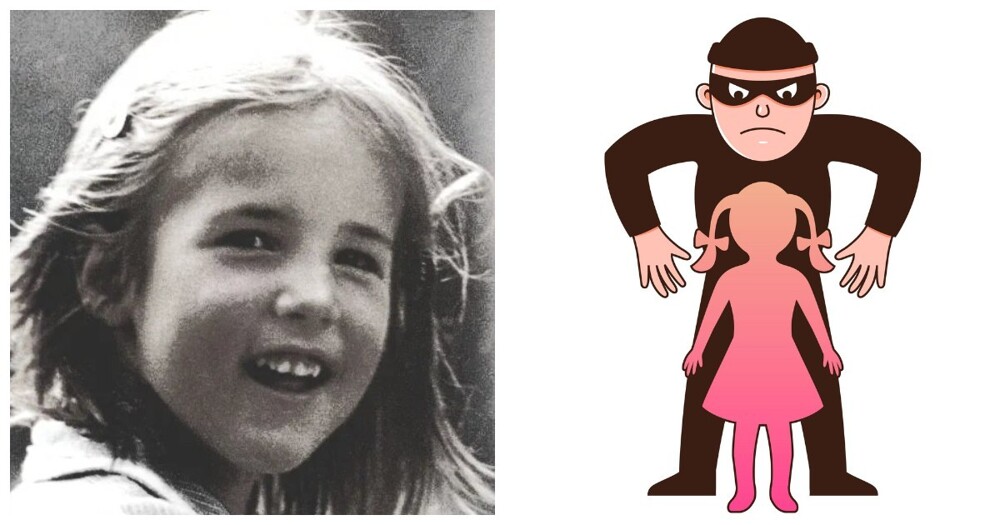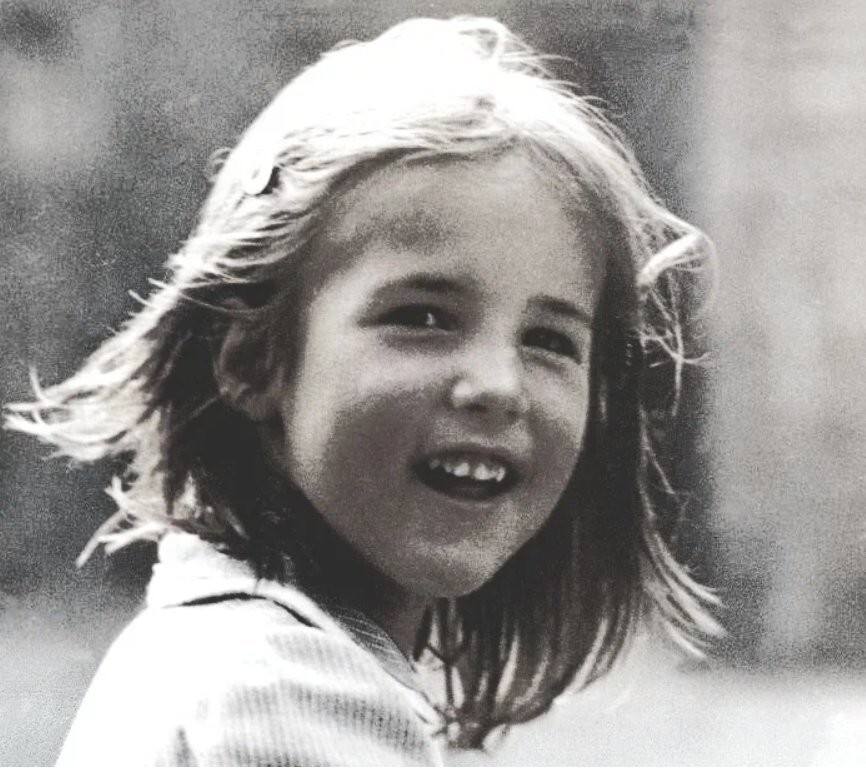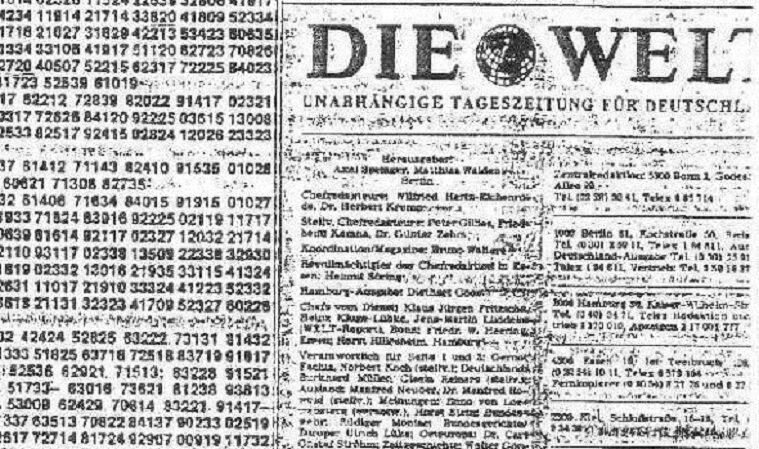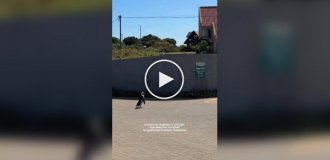Baby Nina, the victim of one of the longest kidnappings in German history (6 photos)
Any life is priceless. Especially for parents who are ready to give anything for their child. 
But the question “How much is your child worth?” will confuse anyone. Especially if his life depends on it. 
Nina von Gallwitz
On that ordinary December day in 1981, eight-year-old Nina von Gallwitz, a resident of Cologne and the daughter of an artist and a bank employee, went to school with a group of neighboring children. But near the educational institution, a crowd of noisy kids discovered Nina’s absence. The school administration immediately contacted the parents.
An hour later, a bell rang in the family’s house. A pre-made recording was played over the phone in which a male voice reported the abduction. The speech was interrupted by Nina’s voice, confirming that she was fine. And at the end, the speaker asked a question that plunged the couple into a stupor: “How much do you value your daughter?”
At the designated time, the girl’s father, Hubertus, had to go on the radio on the specified frequency, announce the amount and wait for further orders.
The police officers called by the couple were also amazed. After all, before this they always dealt with a ransom demand for a kidnapping in a certain amount. At the agreed time, von Gallwitz reported that he had 800 thousand marks. And he is ready to give this amount for his daughter. Soon the couple received a note containing mocking praise: they didn’t sell it short. And further instructions for Hubertus - take the train, taking the portable radio with you, and throw away the bag in the place that the kidnappers will report.
Dummy 
The trip, like the agonizing wait, was in vain. There was no signal from the criminals. Apparently they were following the man. And they realized that there were suspiciously many strong guys on the train - passengers who were disguised as police officers.
At a bird's eye view 
Encrypted correspondence in a newspaper
The next requirement was to throw the bag out of the helicopter. But nothing worked out this time either. A rented helicopter circled over the fields in the vicinity of the city, and the kidnappers called first one coordinate, then another. And in the end they disappeared from the radar, accusing their father in the presence of the police (which was true).
Three weeks later, exhausted Beatrice and Hubertus received new instructions on a cassette tape, where Nina’s cheerful voice was recorded. Again a helicopter, and again no instructions. Apparently they noticed patrols on the ground and again abandoned the plan.
Another month of agonizing waiting passed. The parents refused help from the police (the police were sure that the child was dead and were only focused on catching the extortionists) and hired an intermediary - television journalist Franz Tartarotti. He already had a similar experience. The man negotiated with the kidnappers for several weeks through newspaper advertisements. As a result, they increased the ransom amount to 1.5 million marks and provided final instructions.
The rescue 
Ransom release location
On May 12, 1982, Franz threw the package out of the train window at the indicated location. And three days later, Nina was found at a bus stop - alive and practically healthy, except for a slight weight loss due to worries.
Nina said that the kidnappers took her to the bus stop in the trunk and left her with a blindfold, saying that she could only take it off when the watch in her pocket rang.
The girl was kept in some old house with boarded up windows. It was possible to go out only to the adjacent bathroom. The faces of the kidnappers were hidden by masks. They addressed each other as Peter and Paul. But one was probably a woman.
The schoolgirl was not beaten, not starved, she was fed well and even played. Nina spent almost five months in captivity. But she needed the help of doctors and a psychologist. The girl quickly came to her senses and returned to school. The police kept an eye on her for some time, but mainly to ward off annoying journalists.
The money was crying 
The kidnappers were never found. But the investigation had no doubt that among their inner circle or among the police there was a person connected with them who reported on every step and decision. In particular, they knew that the numbers of all banknotes had been rewritten. And kaEvery bank in Germany is required to immediately notify the police when they receive banknotes from the list.
At the end of 1982, children playing in the forest near Meinertzhagen discovered a cache of 400 thousand marks. It was money from the ransom. The fate of the rest of the amount remained unknown. In Germany, before the change in banknote design and the transition to the euro, they never surfaced. Perhaps the money was sent abroad. And, perhaps, the thieves were able to spend the “dirty” bills that were left lying like dead weight.
Now Nina lives in Berlin and categorically does not want to talk to anyone about this strange and terrible episode from her childhood.






























